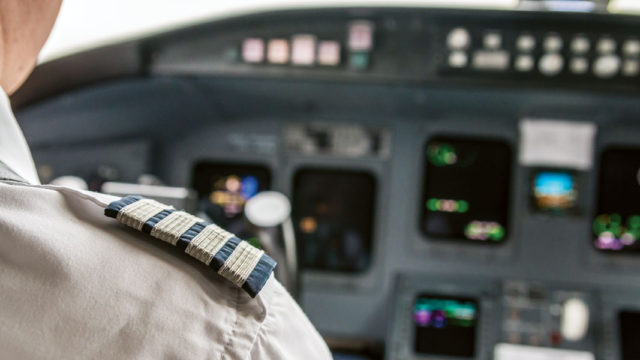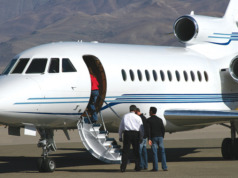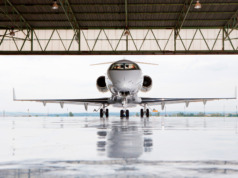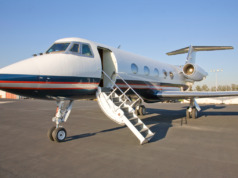
Years ago, a company aircraft was used primarily by the chief executive and a few senior people. Today, business aircraft operate more as middle management transportation vehicles, increasing corporate efficiency by reaching airports not served by the airlines – but that’s just what’s visible.
Flight departments today generally operate with the same level of business sophistication as any other unit within a corporation. They have budgets to which they must adhere, and operational performance goals they must achieve. The person managing the department is not merely a pilot focused on addressing the travel needs of a select few, but an experienced manager, often holding a degree in business, with a Director or Vice President’s title. He or she also can fly the aircraft proficiently when required.
Recognizing the need for today’s aviation manager to have more comprehensive business skills, in 2003 the National Business Aviation Association (NBAA) established its Certified Aviation Manager (CAM) program. Accredited by the National Commission for Certifying Agencies, and akin to an aviation-specific MBA, the CAM program provides qualified aviation managers with the business knowledge and tools required to manage these expensive capital assets using current financial best practices.
Just as other company departments have their own specific-use systems, flight department personnel already employ sophisticated, computer-based tools to address their operational needs, such as crew scheduling, maintenance tracking, and flight following.
Aviation Managers Need to Know Their Assets From Their Elbows
The increased acceptance of business aviation also has led to sophisticated financial tools able to track an aircraft’s maintenance equity and directly influence its value. Owners now can treat an aircraft purchase the same way they would treat the acquisition of controlling interest in a public company’s stock:
- Paying the lowest possible price for the best aircraft (purchasing a strong company’s stock at the lowest market price),
- Continually evaluating their asset and comparing it to aircraft on the market (monitoring how their stock investment is performing relative to competitors’),
- Improving their asset as required by market conditions (influencing how the company is managed), and
- Selling the asset at the most opportune time with the lowest possible investment (thereby optimizing their financial return).
For those operators who prefer to eliminate their residual value risk and reduce legal and tax issues, leasing the aircraft allows them to do so.
“If FAA compliance, corporate governance, state taxes, and shareholder liability are not enough to sway you to lease your aircraft, then the certainty of cost and shifting the future value residual risk of an ever-depreciating asset to the lessor should certainly convince you to consider a lease alternative,” says Michael Amalfitano, Executive VP, Senior Managing Director – Business Aviation at Stonebriar Commercial Finance.
Dave Labrozzi, COO for Global Jet Capital, believes: “the value proposition of leasing a business jet has never been higher. Significant and volatile market value swings, driven by uncertain global macro-economic factors, are causing traditional long-time business jet owners to rethink the use vs. own equation.”
Owners also can guarantee their greatest “expense wild card” – maintenance costs. “Hourly cost maintenance programs make sense because they fully align the interests of OEMs and aircraft owners, as OEMs are incentivized to provide exceptional service repairing the aircraft and returning it to service as quickly as possible,” said Stephen M. Friedrich, VP Sales & Marketing at Rolls-Royce. “In addition, owners enjoy several financial benefits, such as decreased cash flow volatility, increased aircraft residual value, and greater sales liquidity.”
Managing a flight department’s assets today requires equal amounts of operational knowledge and management expertise in business aviation. Up-to-date tools are available to owners meet their aircraft investment objectives. The wise owner and flight department manager will use them to enhance their financial investment in a non-core asset which can substantively improve efficiency in their company’s core business. BAA
Anthony Kioussis is president of Asset Insight, LLC, which offers eValues™, an online service providing Current and Residual aircraft valuations. With 40+ years in aviation, he serves on the National Aircraft Finance Association Board of Directors.




